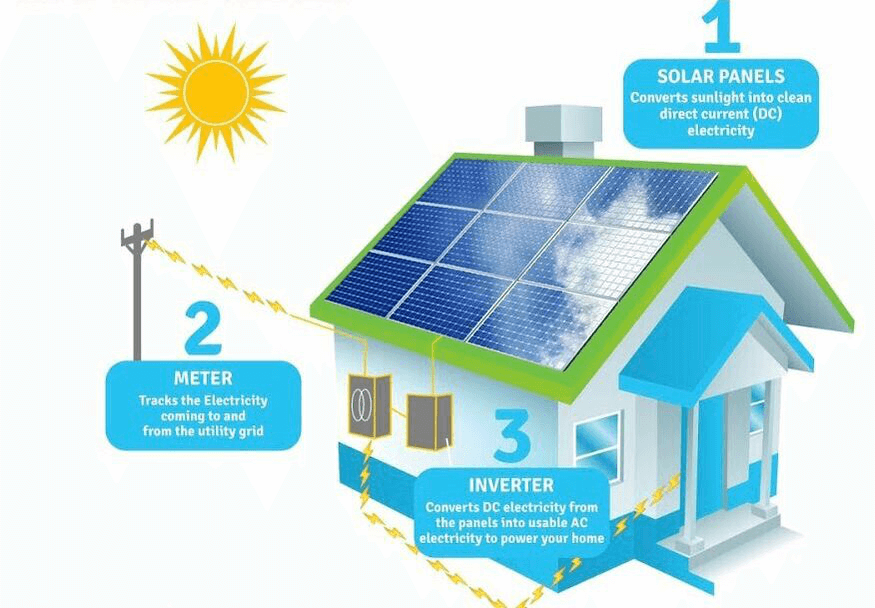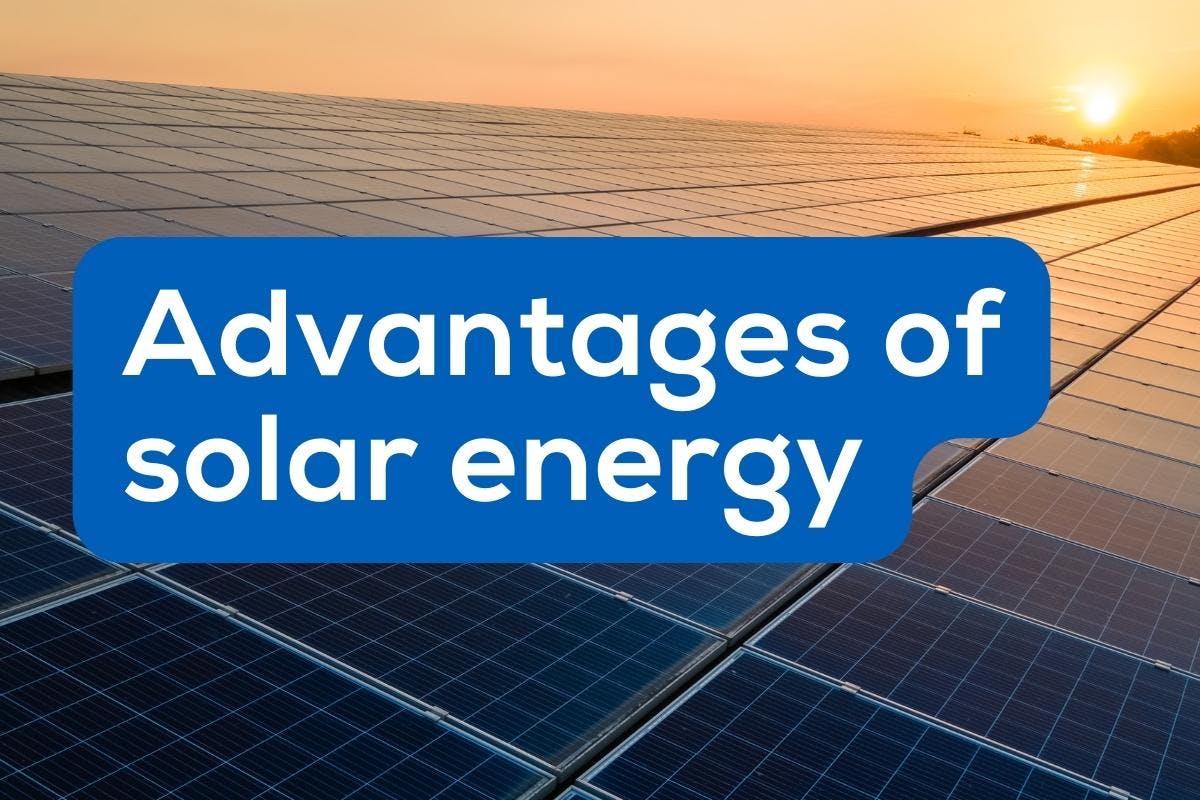Simply Solar Illinois: Your Source for Efficient Solar Energy
Simply Solar Illinois: Your Source for Efficient Solar Energy
Blog Article
Solar Power 101: A Newbie's Guide to Sustainable Energy Solutions
As the world progressively shifts in the direction of sustainable energy options, comprehending the fundamentals of solar power ends up being vital for both individuals and organizations. By exploring the benefits of solar innovation, along with the economic rewards and setup processes, one can acquire a more clear point of view on exactly how to properly integrate this eco-friendly resource into their power approach.
Comprehending Solar Power
At its core, recognizing solar energy entails understanding the fundamental concepts of exactly how sunlight can be exchanged functional electricity. Solar power is derived from the sun's radiation, which can be utilized with different technologies. The key device for this conversion is the solar impact. This phenomenon occurs when sunlight strikes semiconductor products, normally silicon-based, within solar batteries. The energy from the sunlight delights electrons in the semiconductor, enabling them to stream freely and generate straight current (DC) electrical energy.

Comprehending solar power likewise involves recognizing its ecological benefits. By utilizing sunlight, we can mitigate greenhouse gas emissions and minimize air contamination, contributing to an extra lasting future. The advancements in modern technology and efficiency of planetary systems proceed to enhance their viability, making solar power an increasingly appealing option for worldwide energy needs.
Types of Solar Power Solutions
Numerous sorts of solar power systems are typically utilized to harness solar power for electricity generation. The main groups consist of solar (PV) systems, focusing solar energy (CSP) systems, and solar thermal systems.
Solar systems make use of solar panels made up of silicon cells that convert sunlight straight into power. These systems are versatile and can be installed on roofs, ground installs, or incorporated into building products.
Concentrating Solar energy systems, on the various other hand, employ mirrors or lenses to concentrate sunlight onto a little area, generating heat that drives a heavy steam wind turbine to produce power - Simply Solar Illinois. CSP systems are typically released in large power plants and require straight sunlight, making them less appropriate for over cast areas

Each kind of solar power system has its unique attributes, applications, and viability depending on geographical location, power needs, and spending plan, making it vital to examine alternatives based on specific scenarios. - Simply Solar Illinois

Advantages of Solar Power
Taking advantage of solar energy via various systems not only gives a lasting means to produce electrical energy yet likewise supplies a plethora of advantages. Among one of the most substantial advantages is the reduction in greenhouse gas discharges, contributing to a cleaner atmosphere and combating climate adjustment. Solar power is renewable, suggesting it is inexhaustible and available as long as the sun shines, unlike nonrenewable fuel sources, which are finite and depleting.
Moreover, solar power can cause significant price savings gradually. Homeowners and services can lower their electricity expenses significantly, and in a lot of cases, they might why not find out more earn credit scores for excess power produced via internet metering. Additionally, the solar market creates tasks, from producing to installation, promoting neighborhood economic climates.
One more compelling advantage is power independence. By producing their own electricity, individuals and communities can minimize dependence on external power resources, improving resilience against changing energy prices and supply interruptions. Solar energy systems call for very little upkeep, making them a practical choice for lasting power generation.
Installment Process Introduction
The installment process for solar power systems generally entails a number of key actions that make sure efficient combination right into a residential or commercial property. A detailed website analysis is conducted to assess the roofing's alignment, shading, and structural stability, which are important to enhancing solar panel efficiency. Following this assessment, the style phase begins, where a tailored solar power system is set up based upon the home owner's power requirements and choices.
As soon as the style is completed, the necessary permits and useful link approvals are obtained from neighborhood authorities, ensuring conformity with laws. The real installation entails mounting the solar panels on the roof covering or ground, linking them to an inverter, and integrating the system with the building's electrical setup. This stage might additionally involve installing battery storage space systems, depending upon the style.
With the installation total, the solar power system can begin producing sustainable energy, contributing to sustainability and minimizing utility prices. This structured technique ensures that solar systems are both reliable and reputable, optimizing their long-lasting advantages.
Financial Motivations and Financial Savings
Exploring the monetary motivations and cost savings connected with solar power systems can considerably boost the charm of making the button to eco-friendly power. One of the most noteworthy incentives is the federal solar tax credit scores, which allows property owners to deduct a percentage of their solar system installment prices from their government tax obligations.
In addition to tax credit ratings, many states supply discounts that can better lower ahead of time expenditures. Some energy firms also give performance-based incentives, fulfilling solar power production over time. Funding alternatives, such as solar loans and leases, permit customers to set up systems with little to no deposit, making solar power a lot more obtainable.

Long-lasting cost savings are another critical element. By creating their own electrical energy, house owners can substantially lower and even remove their regular monthly power costs. In addition, have a peek at this website solar systems can increase building values, supplying a solid roi. Overall, the combination of incentives and cost savings makes solar power an economically eye-catching choice for numerous households.
Verdict
In verdict, solar power stands for an important element of lasting energy remedies, supplying a path towards minimized carbon footprints and enhanced ecological protection. Ultimately, the transition to solar energy not only promotes eco-friendly responsibility but also promotes economic cost savings and energy freedom.
Report this page